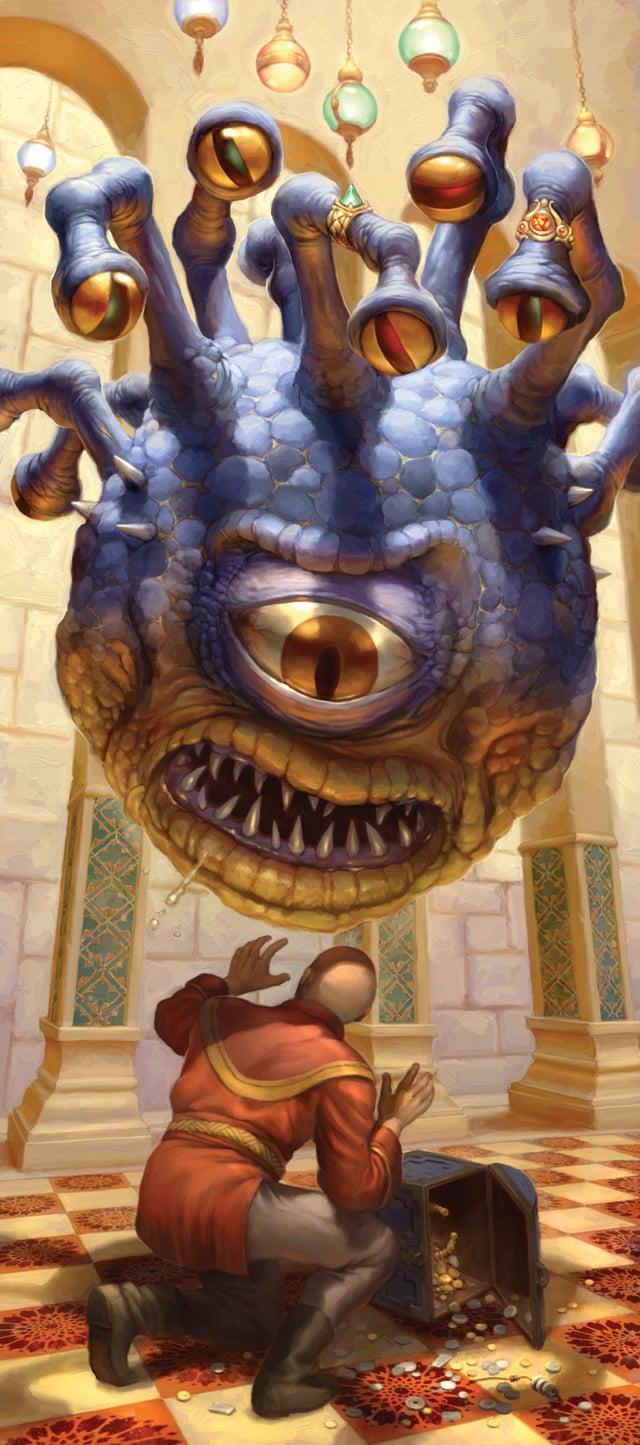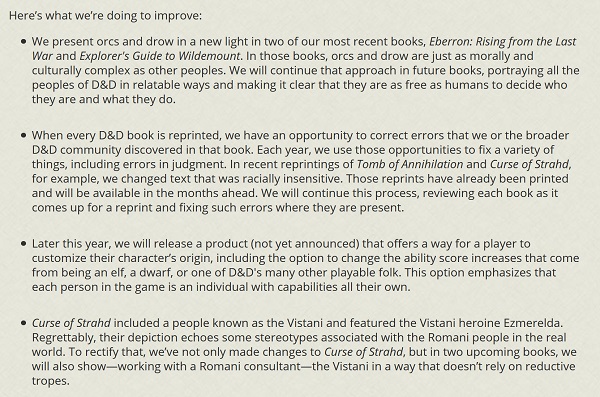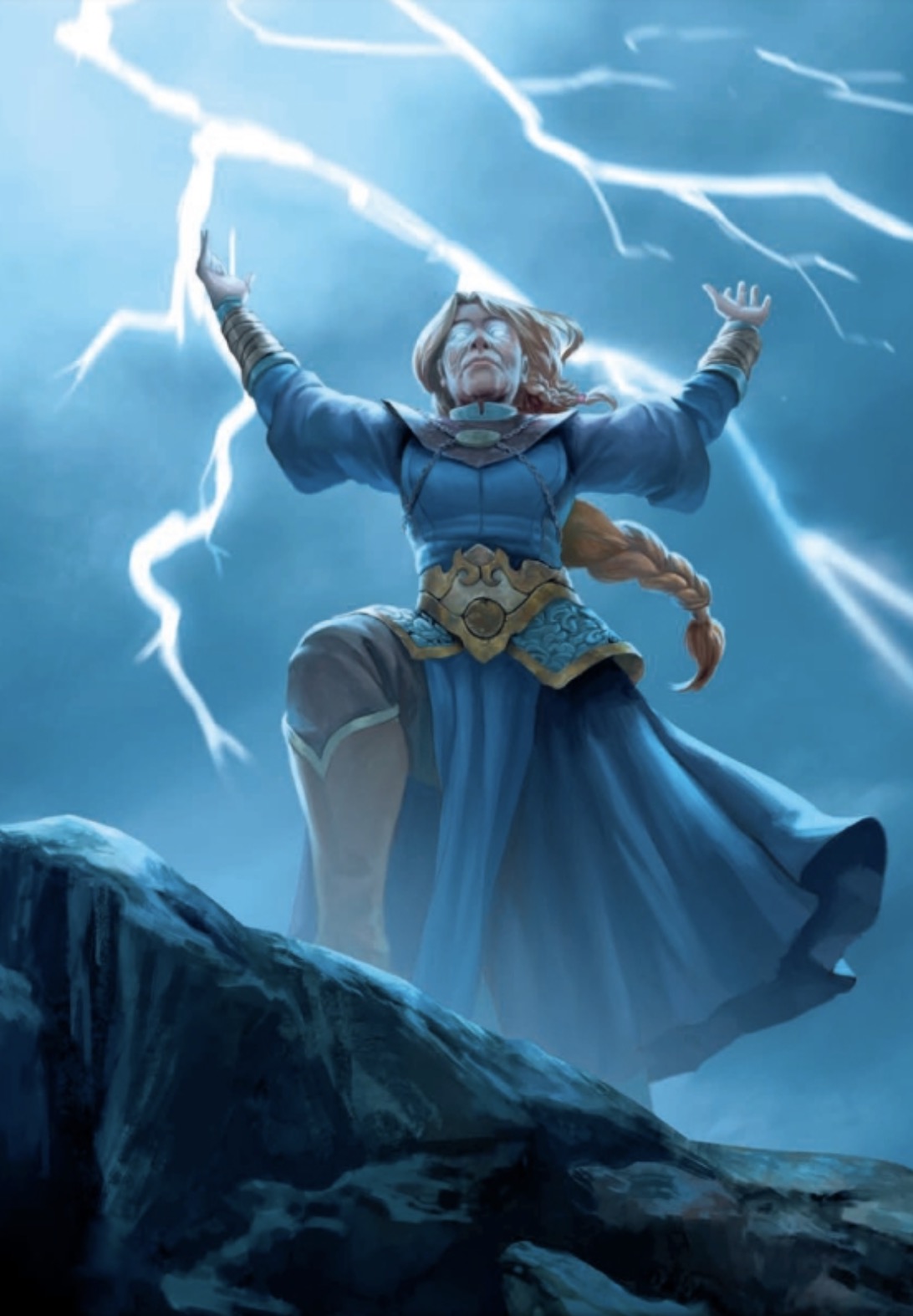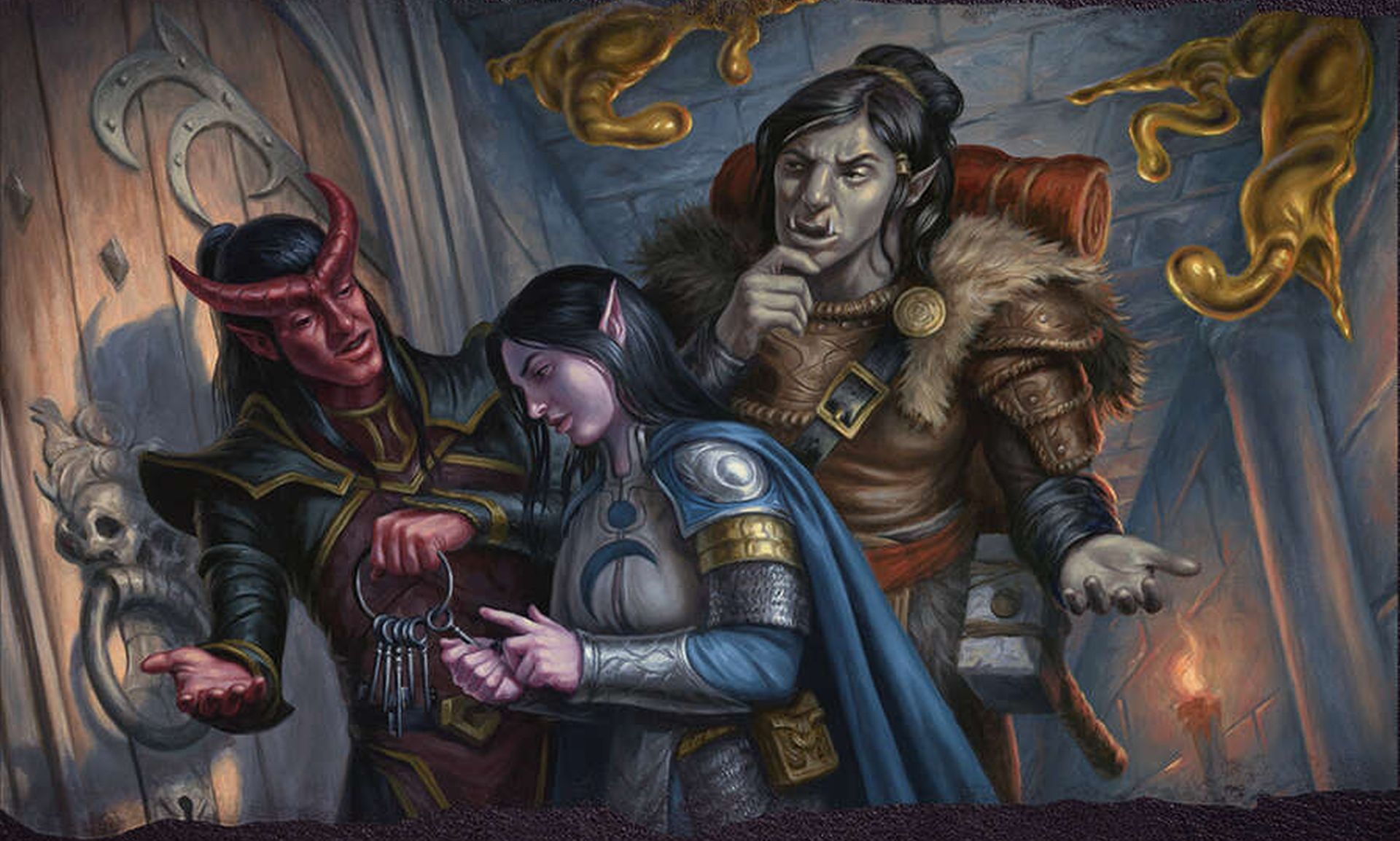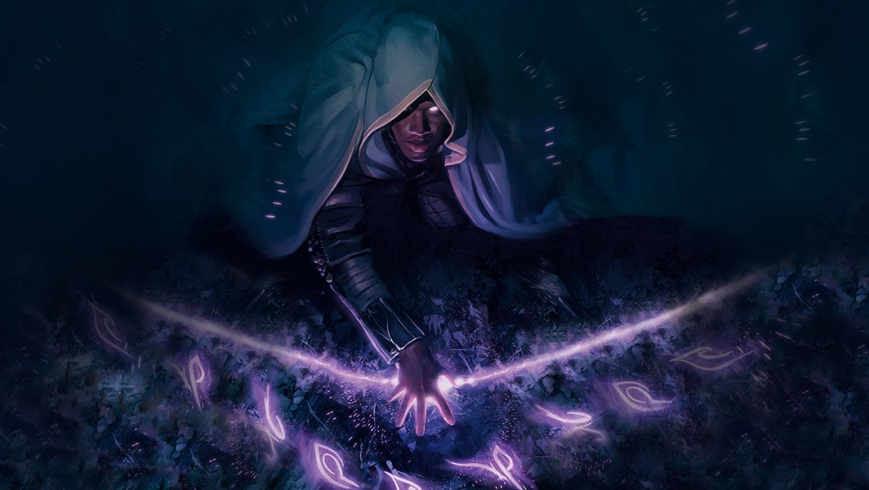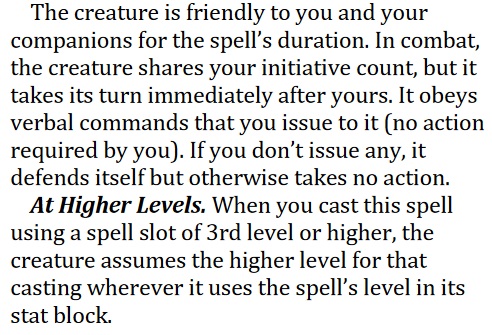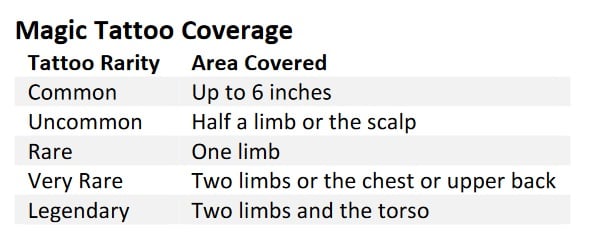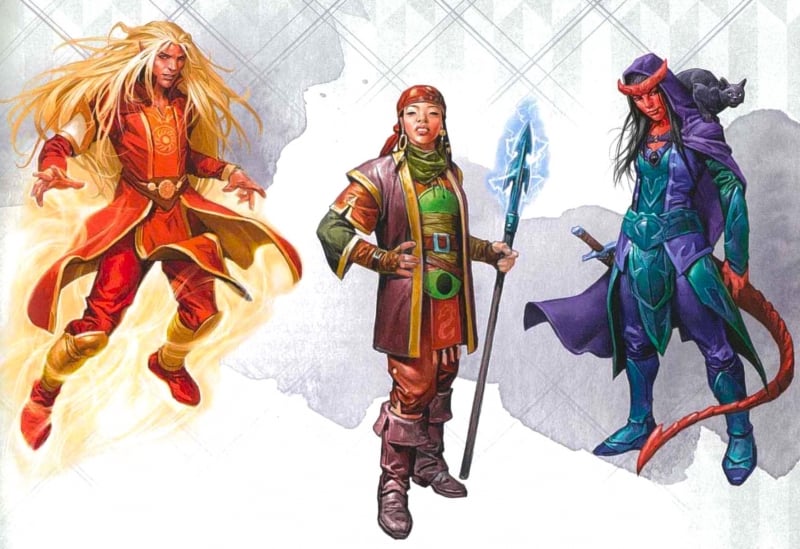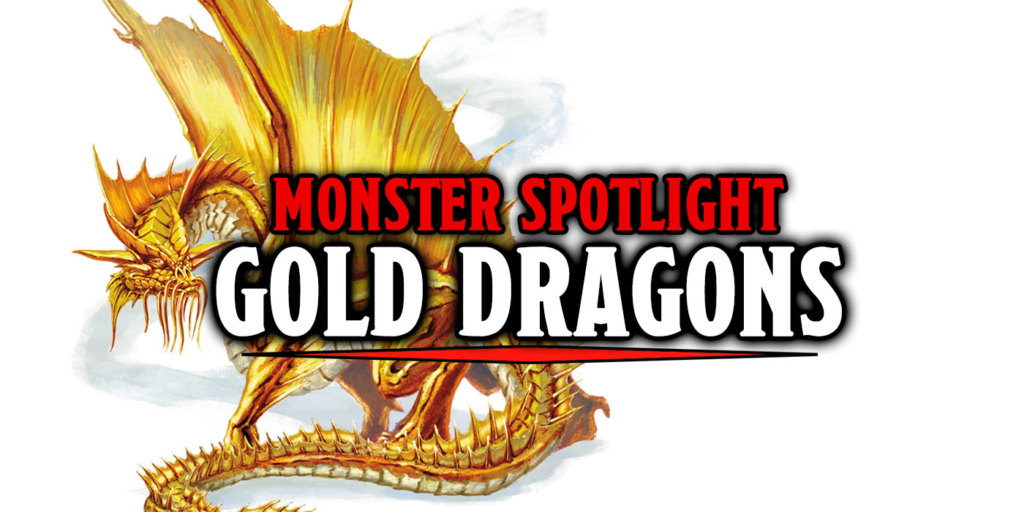D&D: What Is WotC Planning For Their November Release?
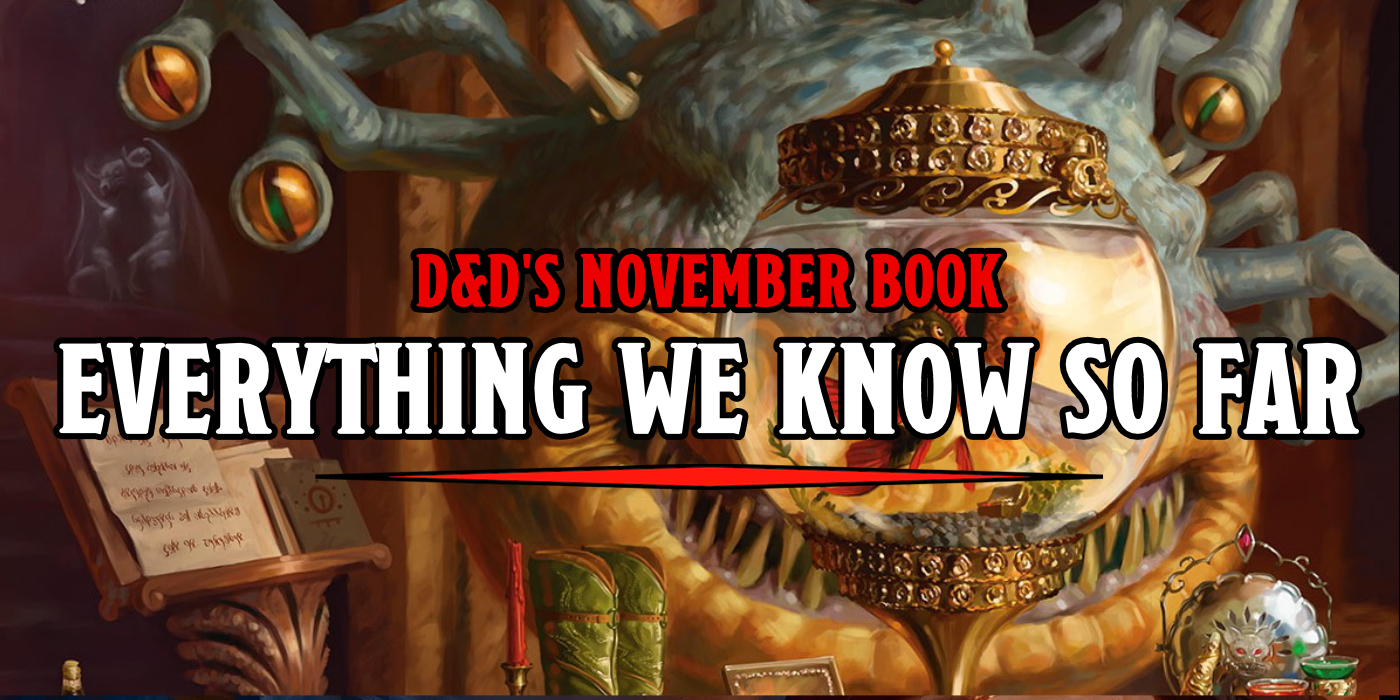

Icewind Dale is around the corner, but a bigger book lurks in November. Here’s everything we know about the as-yet-unannounced title so far…
November has always been a pretty big month for D&D. Summer is for Adventure–that’s when you see books like the Mythic Odyssesy of Theros or Ghosts of Saltmarsh, or towards the end of summer, adventures like Waterdeep: Dragon Heist, Baldur’s Gate: Descent into Avernus, or the Tomb of Annihilation.
But November. November is for books that change the game. Over the past few Novembers, we’ve seen: Eberron: Rising from the Last War, which added the Artificer and the world of Eberron to 5th Edition, Guildmaster’s Guide to Ravnica, which added some of the best faction rules D&D’s ever had, Waterdeep: Dungeon of the Mad Mage, one of the only adventures with 20th level content included, and of course Xanathar’s Guide to Everything, which was the last big shakeup for D&D.
This November, we know we’re getting another big book. And by now? We have a ton of clues as to what we can expect. So with November on the horizon, here’s a look at everything we know about the as-yet-untitled book.
Driving Diversity
One of the biggest clues we have about the new book is that it’ll shake up the way you create characters. And this comes from WotC’s big Diversity Statement, where the D&D Team outlined some of the steps they’d take to make the game more inclusive, welcoming, and diverse in representation in books and on their team. One of the big bullet points was about a change to the way you derive your ability scores, it’s the third bullet point above:
Later this year, we will release a product (not yet announced) that offers a way for a player to customize their character’s origin, including the option to change the ability score increases that come from being an elf, a dwarf, or one of D&D’s many other playable folk. This option emphasizes that each person in the game is an individual with capabilities all their own.
Put more simply, this is the option for people looking to separate ability scores from what creature you choose to play as. It’s been a subject of great debate in the community, one which even WotC acknowledges can inflict unintended harm on folks. This book marks a step forward for them. Variant character creation rules are definitely in the new book, though notably, there’s no mention of the word ‘race’ so it’ll be interesting to see if this trend continues in November.
But variant character rules are only part of the equation.
Variant Rules And Class Acts
Whatever this book is titled, one thing we can determine is that it’s about shaking up the core game, with a series of changes to help bring it more in line with the way people are actually playing it. I don’t know that we’re at a 5.5 Edition or anything like that, but it feels like WotC is willing to experiment with even core assumptions. And nowhere is that more visible than in some of the variant class features WotC tested in previous Unearthed Arcana.
Last November, we saw a ton of new features up on the testing block. These were changes that seemed to be inspired by the fact that 90% of all games don’t make it past 10th level, and most don’t make it past 6th. So to help give characters flexibility and versatility, WotC introduced for playtesting, features like Proficiency Versatility, which lets you swap out skill proficiencies when you’d get an Ability Score Improvement, Spell Versatility for casters with lists of Spells Known, allowing them to swap out spells known from their list whenever you finish a Long Rest, meaning that you no longer are as locked in by your spell selection.
We also saw Cantrip Versatility, Martial Versatility which introduced new fighting styles and the option to swap between them when you level up. And every core class had some feature with an optional replacement to improve its quality of life, including a fairly significant overhaul to Rangers and summoned creatures in general.
Feats of Character
We also saw sixteen new feats just last month which also promised to change core features of the game. These feats seemed to be more focused on character customization, allowing you to do things like pick a Warlock Invocation and Cantrip (meaning anyone can be an Eldritch Blaster if they want), or allowing you to modify your attacks when you deal a certain kind of damage. A lot of basic stuff being tweaked and upgraded to feel like it matters more, including a feat that feels like it’d be right at home with a Warlord out of 4th Edition.
Mind Over Magic
The last year or so of Unearthed Arcana also saw an evolution of new magic systems. Notably we saw Psionics evolve from this weird separate system of spell-like powers that had their own separate rules and regulations that sort of floated apart from the core rules, to a power source like any other, that can be used to fuel subclasses. As an example of what we mean by this: the Divine Soul Sorcerer is a Sorcerer who is powered by Divine Magic. The Way of the Four Elements Monk is a Monk powered by Arcane Magic, like the Eldritch Knight or Arcane Trickster. We saw Psionics go from the Mystic to Psionics as weird spell-kind of things, to now being used to make subclasses like the Soulknife, Psi Knight, or Psionic Soul, all of whom make use of a Psionic Talent Die. And there are also now spells that are tagged as “Psionic Spells” which function the same way regular spells do, but they’re psionic.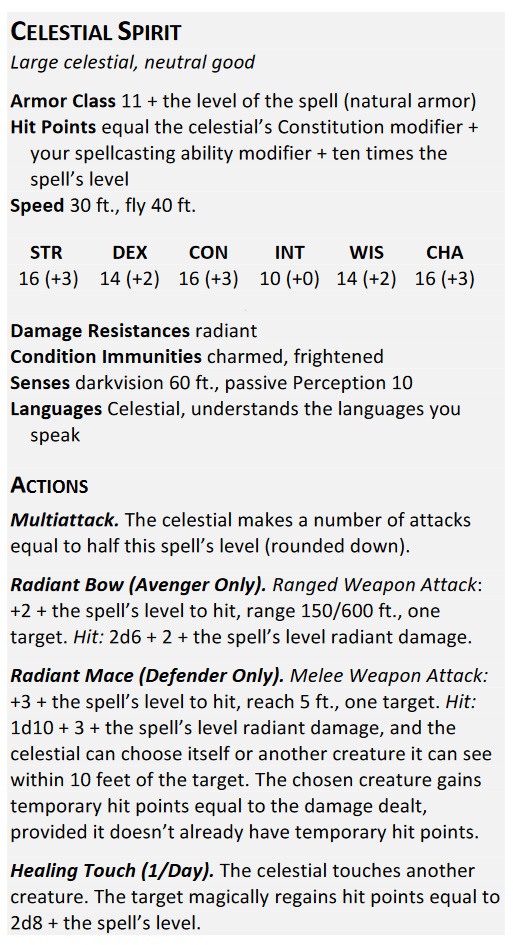
But that’s not the only change to magic. We also saw a massive overhaul of summoned creatures, which changed them into stat block templates that could be skinned to look like whatever you want, and might have extra abilities based on their shape. But at their core, summoned creatures get to be a little more independent, as they no longer require you to spend your action to make them work:
It’s a great way to allow for more powerful summons and to curb some of the balancing that every monster designer has to do–if these rules take hold, you don’t have to worry about whether or not your party is going to summon, say, eight pixies to turn things into T. Rexes in what was supposed to be a challenging, climactic fight, that now ends in a frenzy of biting and stomping.
Finally, we also saw Magical Tattoos make their appearance for 5th Edition. This was a popular one too, folks were really interested in the bespoke magical powers that you could get inked onto your very skin.
Subclasses As Far As The Eye Can See (And Beyond)
Finally the most direct clue about what WotC is up to comes in the form of the multiple new subclasses we’ve seen since late August last year. We’ve compiled all the ones that haven’t been released yet into a handy list, and noted which ones have been revised (as this is a strong indicator that they’ll be featured in a book):
Artificer
- Armorer
Barbarian
- Path of the Wild Soul
- Path of the Beast
Bard
- College of Creation
Cleric
- Unity Domain
- Twilight Domain
Druid
- Circle of the Stars
- Circle of Wildfire
Fighter
- Psi Knight (Revised)
- Rune Knight
Monk
- Way of the Astral Self
- Way of Mercy
Paladin
- Oath of the Watchers
Ranger
- Fey Wanderer
- Swarmkeeper
Rogue
- Phantom (Revised)
- Soulknife (Revised)
Sorcerer
- Psionic Soul (Revised)
- Clockwork Soul
- Aberrant Mind
Warlock
- The Genie (Revised)
- Lurker in the Deep
Wizard
- Order of Scribes (Revised-ish, replaces Order of Names/Onomancy)
So what is it all adding up to? While the previous money was on something like a Manual of the Planes, given the planar focus of the subclasses, I wouldn’t be surprised if it’s something more like a Player’s Handbook II, given the class feature variants and character creation rules. Now that might be wrapped up in a planar sourcebook, but I imagine it’ll be something a little more straightforward but big. A Xanathar’s Guide to Everything Else, if you will. We’ll see come November.
What do you think WotC has planned? Let us know in the comments! Happy Adventuring!

